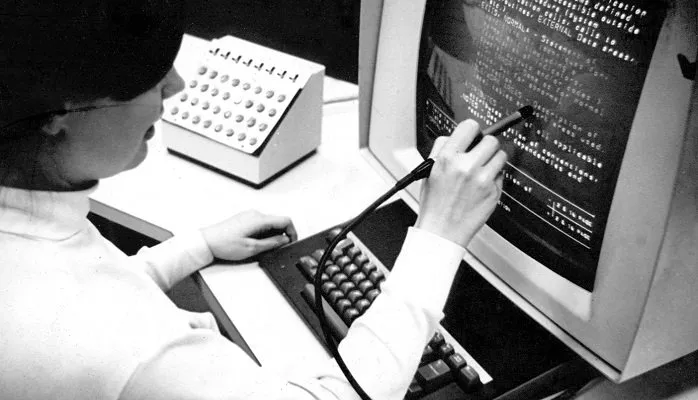
Mobile Telephony (1918)
The core of the smartphone, mobility, was born in Germany in 1918 and developed into a commercial service by 1926. The system was originally an experiment conducted by the German Army in the application of wireless telephony, but later moved from experiment to product with the founding of the wireless telephone equipment manufacturer Zugtelephonie AG. The equipment was installed in trains running between Hamburg and Berlin, and was available for use by first class passengers. It wasn't until half a century later that wireless telephones which would be recognizable today became available.
Video-teleconferencing / Skype (1930)
AT&T's Bell Labs developed the first full duplex videotelephone in 1930. Although the system was functional, the problem of transmitting a quality broadband video signal over copper telephone lines designed for narrow-band voice signals remained an issue. By 1936 the German television company Fernseh AG began to establish a network of public videotelephones which transmitted video and audio signals over broadband coaxial cables. Later developments include AT&T's Picturephone in 1964 and Kyocera's VP-210 in 1999.
Photo Sharing / Snapchat (1913)
In 1913 Édouard Belin invented an electromechanical device which could scan photographs, transmit them over telephone and telegraph lines, and reproduce them at the distant end. The system was better than none at all, but was slow and did not offer the best quality. About twenty years would pass before higher quality photographs could be sent quickly over standard phone lines. The technology eventually became portable enough to allow photos to be scanned and transmitted anywhere there was a standard phone line. Although Belin's device was quickly replaced by faster and more accurate systems, the basic principles it employed are used today in photocopiers and scanners.
Touchscreens (Mid 1950s / 1972)
The ability to interact with a computer via the display (or screen) has been around in various forms for over half a century, first invented in the mid 1950s at MIT and reinvented and put into production in the early 1970s. The initial method of doing so was via a device called a light pen, which used photodetectors combined with software to calculate the position of the pen on a display. In the 1970s engineers at CERN would refine designs which would become the modern touchscreen and put it into production. Several other methods of allowing a user to interact with a screen without resorting to a light pen were developed but never used in smartphones.
Client Side Scripting / Applets (Mid 1970s)
Many web pages wouldn't be as user-friendly as they are today without scripting and applets. One of the first implementations of what could be considered client side scripting were in the PLATO V terminals by the University of Illinois and Control Data Corporation. The PLATO V was a graphics terminal designed to be used with the PLATO system, but unlike most terminals of its time, it could download small programs which were part of a larger remote application and locally execute them. The last PLATO system was brought offline in 2006 - almost a 50 year run for PLATO.